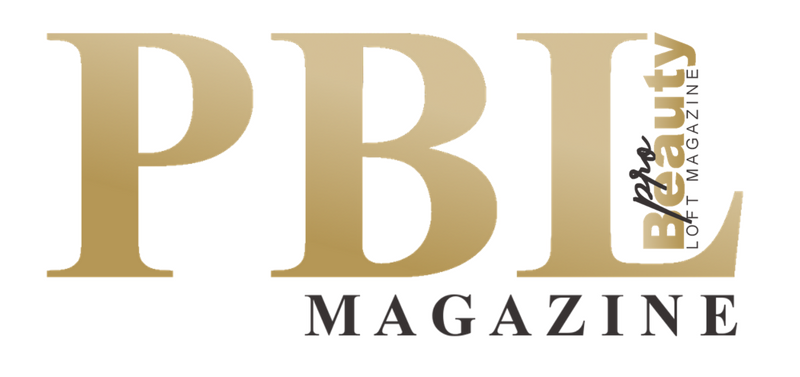HMRC provides New Tax Guidance for Hair & Beauty
In a significant move to address longstanding ambiguities in the hair and beauty industry, HM Revenue and Customs (HMRC) has released new guidance to help professionals determine their correct employment status for tax purposes. This initiative is particularly pertinent for those operating under the "rent-a-chair" model, where individuals rent space within a salon to offer services independently.
The guidance aims to delineate the distinctions between employed and self-employed statuses, emphasizing that employment status is determined by actual working practices rather than job titles or contractual terms. Key indicators include:
Employed: Set working hours, clients provided by the salon, use of salon products, and payment of a fixed wage.
Self-Employed: Autonomy over working hours, sourcing own clients, using personal products, and setting service prices.
To assist in this determination, HMRC recommends using the Check Employment Status for Tax (CEST) tool, which evaluates various factors to ascertain the correct tax status .
The hair and beauty sector has seen a rise in self-employment, with many professionals opting for the flexibility it offers. However, this trend has also led to concerns about "disguised employment," where individuals are treated as employees but classified as self-employed to reduce tax liabilities. Such practices can result in legal and financial repercussions for both salon owners and workers.
Kelvin Shorte, Deputy Director of Taskforces & Specialist Compliance at HMRC, stated:
“We understand the hair and beauty industry operates with various working arrangements, and it’s vital that both salon owners and professionals get their tax status right. This new guidance responds directly to requests from the industry for clearer, sector-specific information.”
The British Hair Consortium has highlighted the financial disparities caused by inconsistent employment classifications, noting that salons adhering to traditional employment models face higher operational costs compared to those utilizing the rent-a-chair approach. This discrepancy has led to calls for reforms, including adjustments to VAT rates and thresholds, to ensure a level playing field within the industry.
Caroline Larissey, Chief Executive of the NHBF, said:
“We're delighted to have collaborated with HMRC, along with NHBF members, on this important guidance for employment status in our sector. This partnership represents a step forward in providing the sector with clearer, more accessible information on tax obligations.
The new resources, will be valuable for salon, barbershop and clinic business owners, and professionals across our diverse sector. As with any guidance, there are naturally opportunities for continued refinement to reflect the full breadth of business models in our sector, particularly VAT exemptions for some beauty/ wellbeing treatments.
The NHBF will be actively signposting members to these helpful new resources alongside our own established guidance for hair and beauty business owners and chair/space/room renters. We look forward to our continued work with HMRC to ensure everyone in our vibrant and evolving sector has the tools they need to confidently navigate their tax responsibilities.”
HMRC's new guidance serves as a crucial resource for hair, beauty, and barbering professionals, providing clarity on employment status and associated tax obligations. By understanding and applying these guidelines, industry stakeholders can ensure compliance, avoid potential penalties, and contribute to a fairer, more transparent working environment.
For more detailed information and to access the CEST tool, visit HMRC's official guidance page: Check employment status if you work in hair and beauty.









